Workshop & Training
Special Economic Zones (SEZs) As Catalysts for Economic Corridors, Value Chains and Production Networks 2018
7 May 2018 - 11 May 2018 Shanghai, The People's Republic of China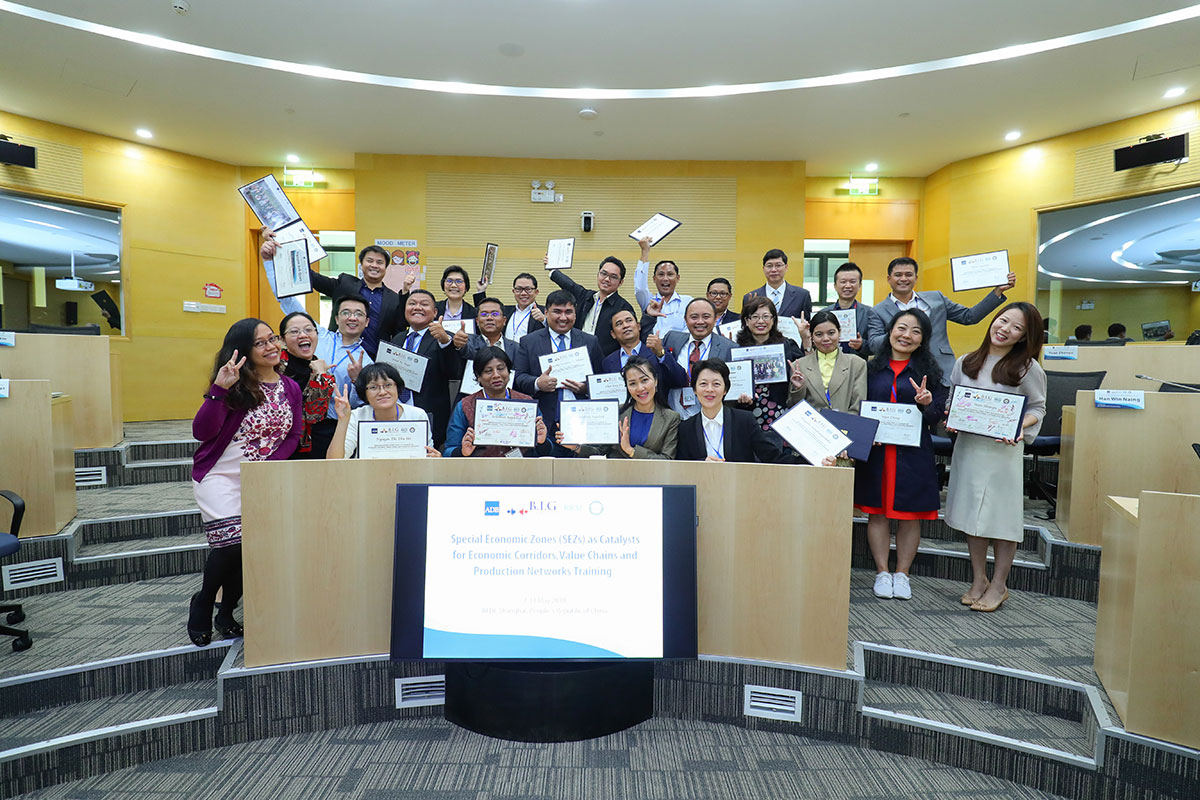
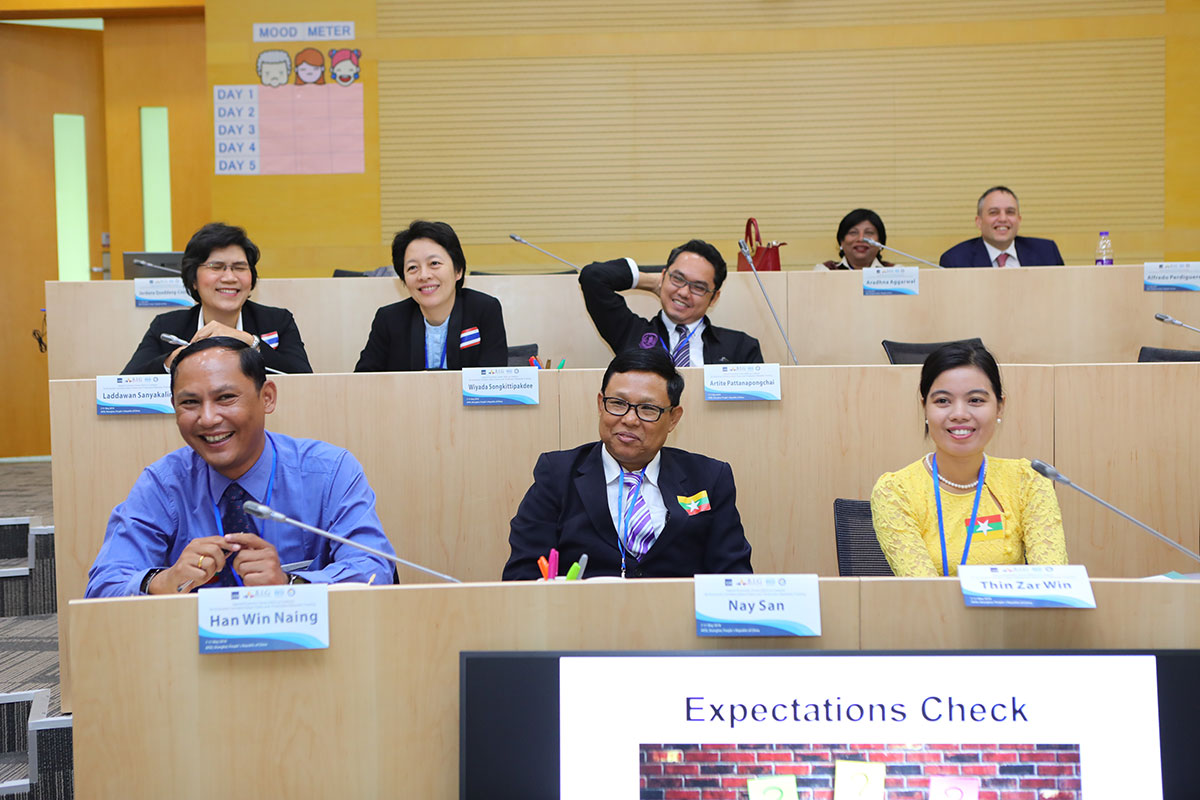
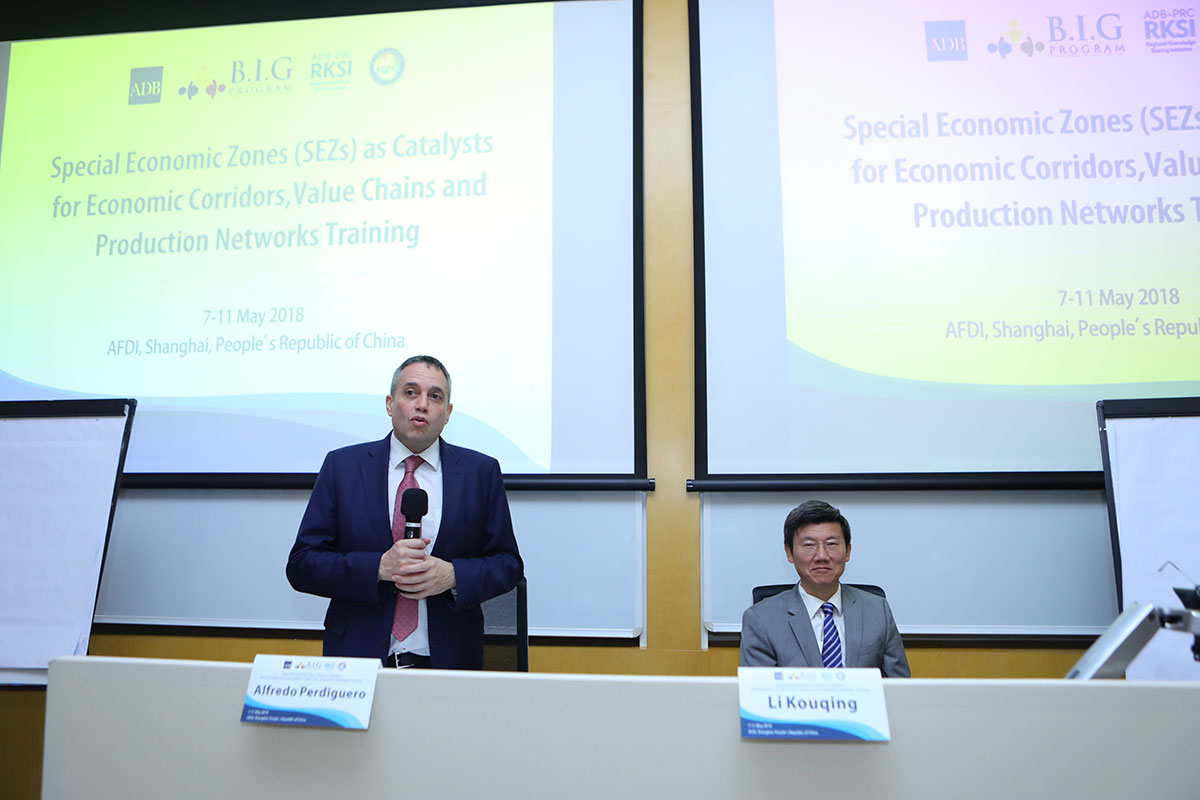
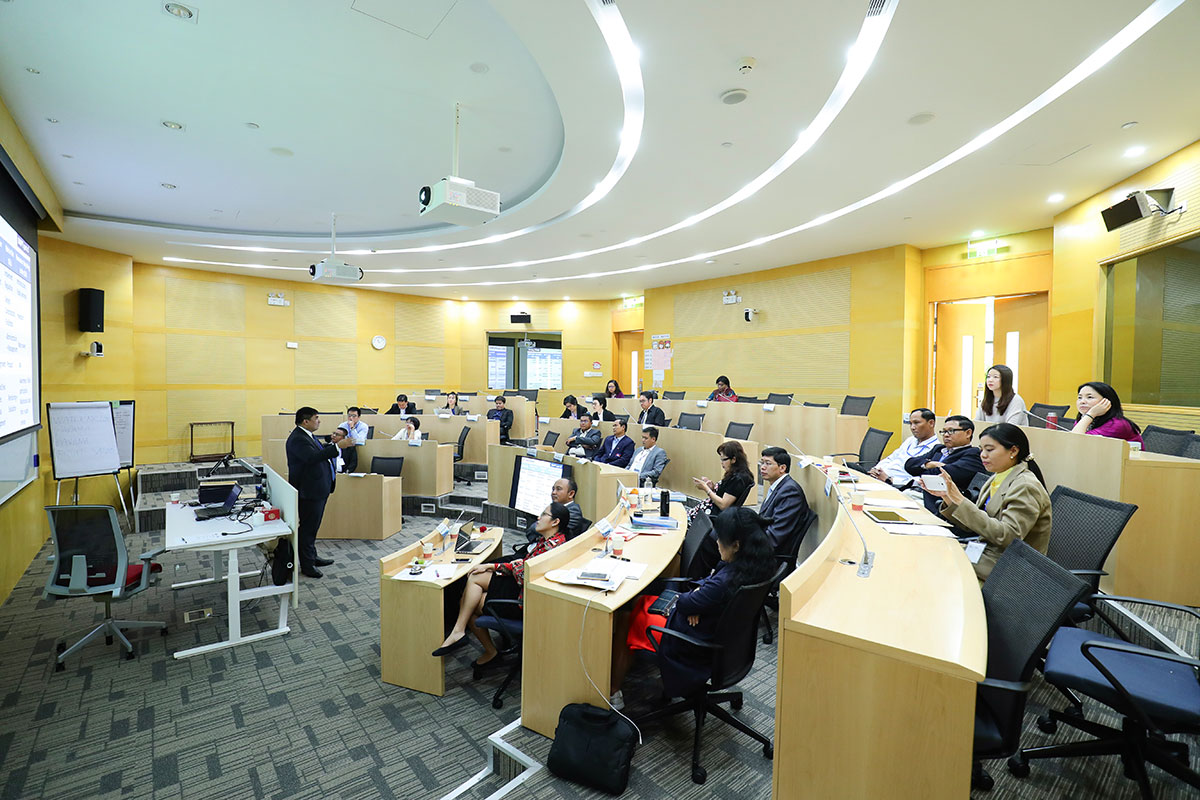
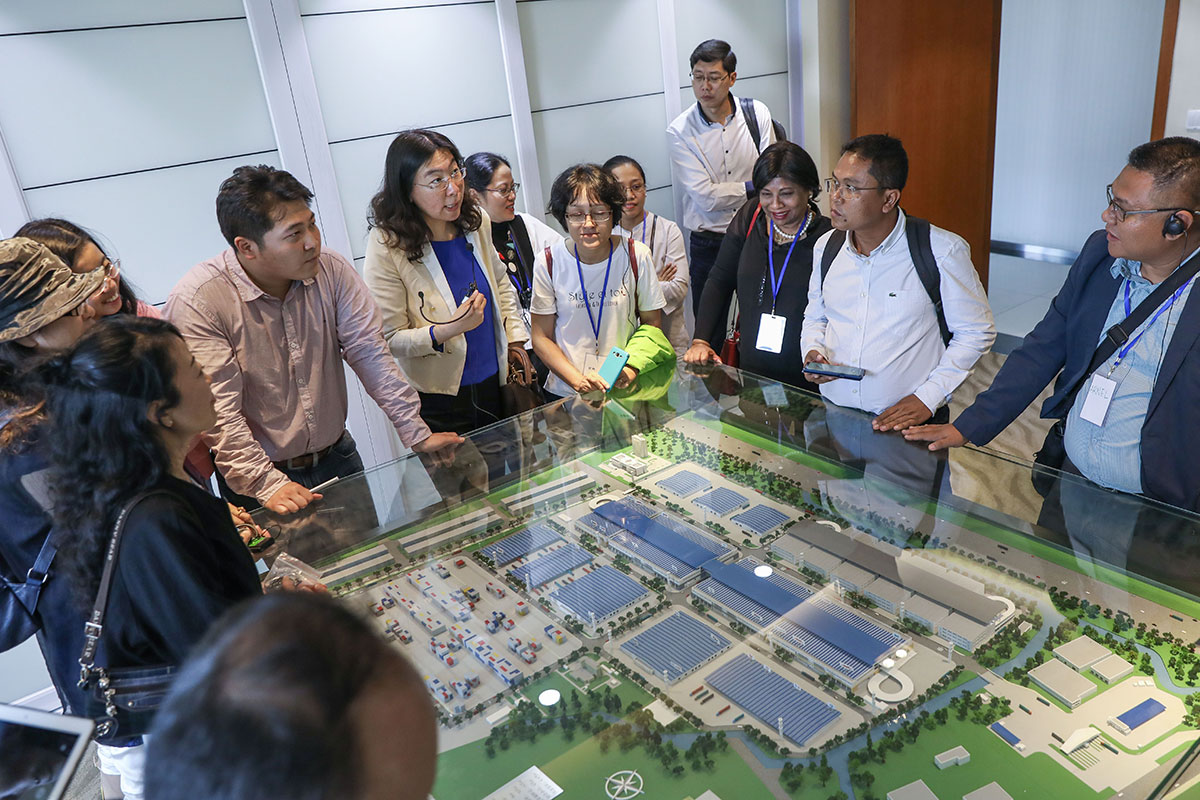
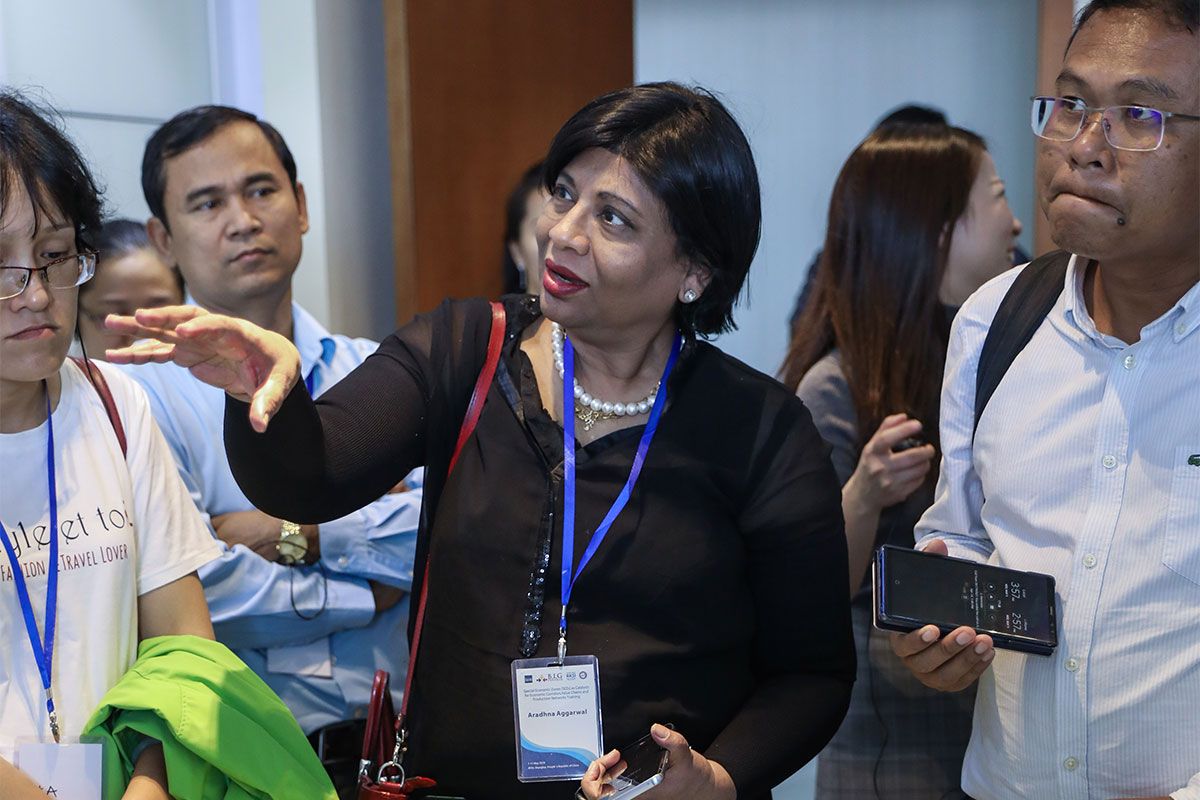
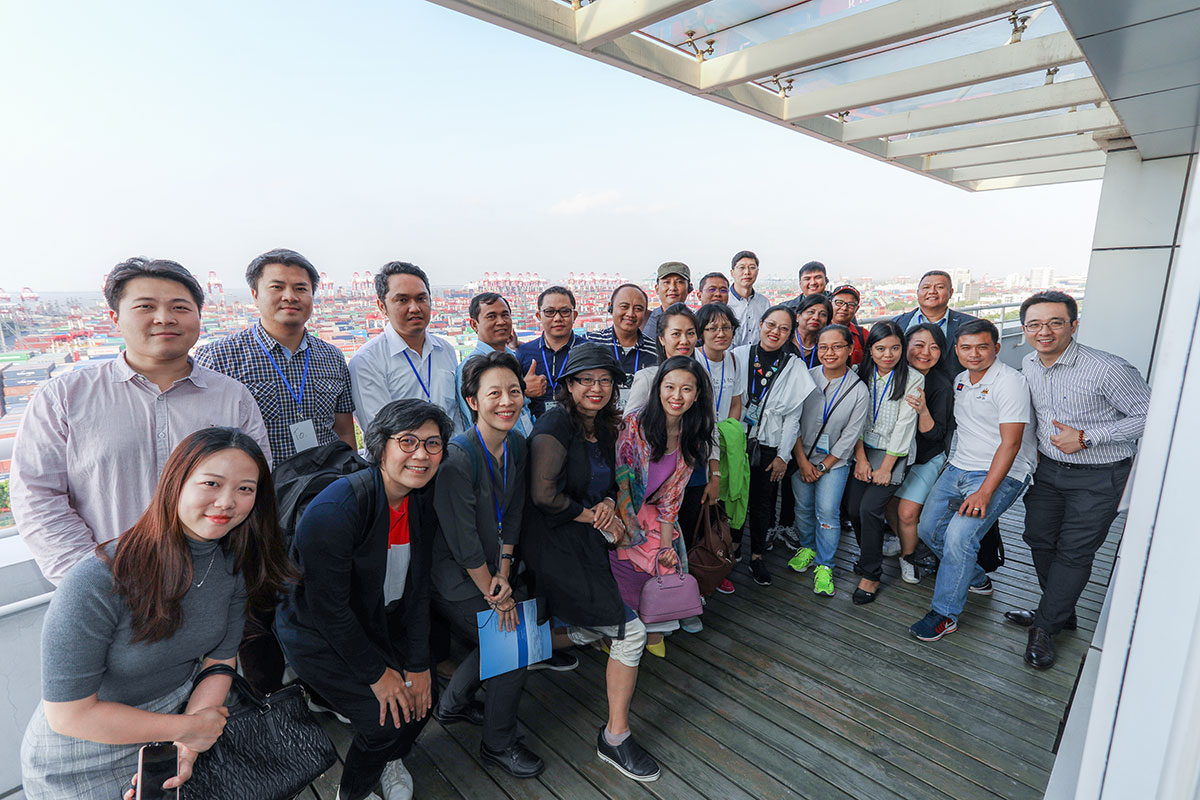
Special economic zones (SEZs) can play a catalytic role in economic development, provided the right business environment and policies are put in place. In Asia, SEZs can facilitate trade, investment, and policy reform at a time the region is experiencing a slowdown in trade and economic growth. For SEZs to be successful, they must establish strong backward and forward linkages with the overall economy. Effective SEZs must be an integral part of dynamic national development strategies and evolve as economies develop by transforming from manufacturing bases to technological platforms for innovation and modern services.
This regional training on “Special Economic Zones as Catalysts for Economic Corridors, Value Chains and Production Networks” on 7-11 May 2018 at the Asia-Pacific Finance and Development Institute (AFDI) in Shanghai, the PRC aims to enhance capacities of government officials in overcoming constraints and identifying opportunities for better design, implementation and evaluation of SEZs. The training will be participated by senior officials from relevant ministries and national agencies in Brunei Darussalam, Cambodia, Indonesia, Lao PDR, Malaysia, Myanmar, the Philippines, the PRC, Thailand and Viet Nam. The training will also feature a field trip to Shanghai Pudong Development Zone and Shanghai Free Trade Zone.
Agenda:
Module 1: Development Context and SEZs Design, Implementation and Management
| Time | Program |
|---|---|
| 0800 – 0815 | Registration Administrative Announcements |
| 0815 – 0845 | Opening Ceremonies Welcome Remarks and Messages Group Photo |
| 0845 – 1015 | Pre-test Session 1.1 Introduction and Training Roadmap Interactive Exercise: Getting to Know You, Expectations Check and Training Overview and Objectives Pamela Asis-Layugan, Team Leader and Training Specialist (Consultant) and Jordana Queddeng-Cosme, Program Analyst (Consultant), ADB-RCDTA 8836 Interactive session for participants to get to know each other, develop learning contract and discuss the training overview and objectives. |
| 1015 – 1030 | Tea/Coffee Break |
| 1030 – 1200 | Session 1.2 Presentation, Discussions and Exercises: Understanding Special Economic Zones (SEZs) as a Policy Option Aradhna Aggarwal, Chair Professor, Department of International Business and Economics, Copenhagen Business School The session will present SEZs concepts, types, evolution, rationale, role in economic development, benefits, linkages with development strategies and future trends. Interactive and small group exercises included. |
| 1200 – 1330 | Lunch |
| 1330 – 1500 | Session 1.3 Presentation, Discussions and Exercises: Strategy Building and Policy Design for Effective SEZs Aradhna Aggarwal, Chair Professor, Department of International Business and Economics, Copenhagen Business School The session will introduce factors that lead to effective design, implementation and management of SEZs which can include land use and spatial planning, infrastructure and support services, institutional design and approaches, investment promotion, business development services, labor market development, and monitoring and evaluation. Interactive and small group exercises included. |
| 1500 – 1515 | Tea/Coffee Break |
| 1515 – 1530 | Session 1.4 Instruction for Workshop and Exercise: SEZs as Development Approaches in BIMP-EAGA, IMT-GT and GMS Pamela Asis-Layugan, Team Leader & Training Specialist (Consultant), ADB RCDTA 8836 and participants in multi-country teams Participants organized in teams (BIMP-EAGA, IMT-GT and GMS) to assess and present (Day 2) the subregional cooperation programs (SCPs): (i) SEZs development approaches (e.g. as part of economic corridors); (ii) benefits and opportunities; (ii) challenges and bottlenecks in SEZs design, implementation and management; and (iv) recommendations at national and subregional levels. Guide questions and template to be provided. |
| 1530 – 1630 | Session 1.5 Workshops and Exercises: SEZs as Development Approaches in BIMP-EAGA, IMT-GT and GMS Pamela Asis-Layugan, Team Leader & Training Specialist (Consultant), ADB RCDTA 8836 and participants in multi-country teams |
| 1645 – 2000 | Welcome Dinner at the Shanghai Oriental Pearl Tower |
Module 1: Development Context and SEZs Design, Implementation and Management
Module 2: Measuring Impact and Performance of SEZs
Module 4: SEZs as Catalyst for Economic Corridors and Platforms for Value Chains and Production Networks
| Time | Program |
|---|---|
| 0830 – 1000 | Session 2.1 Presentation, Discussion and Exercises: Implementation, Monitoring and Evaluation – How to Ensure the Effective Implementation of the Policy Aradhna Aggarwal, Chair Professor, Department of International Business and Economics, Copenhagen Business School The session will present different practices regarding the types of SEZs developed and their relevance in the overall context taken by countries in various subregions in Asia (e.g. Southeast Asia, East Asia, Central Asia and South Asia). Good practices, pitfalls to be avoided, and drawing common lessons will be highlighted. National and subregional implications and SEZs as tools in regional cooperation and integration will be emphasized. Interactive and small group exercises included. |
| 1000 – 1015 | Tea/Coffee Break |
| 1015 – 1200 | Session 2.2 Lecture and Discussions: SEZs Experience of Selected Asian Countries Aradhna Aggarwal, Chair Professor, Department of International Business and Economics, Copenhagen Business School The session will present SEZ performance in Asia and other continents and will include tools, evaluation of performance and success drivers. Interactive and small group exercises included. |
| 1200 – 1330 | Lunch |
| 1330 – 1500 | Session 4.1 Presentation and Discussion: Special Border Economic Zones (SBEZs): Concepts, Characteristics and Applications Alfredo Perdiguero, Director, Regional Cooperation and Operations Coordination Division (SERC), Southeast Asia Department (SERD), ADB The session will present concepts, characteristics, and models of special border economic zones (SBEZs). Components and stages of developing a “cross-border or area-based cooperation” strategy will be tackled. A conceptual model for SBEZ development in IMT-GT (Thai-Malaysia border crossings with linkages to Indonesia) to include rationale, criteria in establishing SBEZs to be presented given the study is part of a broader project that intends to support SBEZ development. The results of the study on border areas and value chains development in BIMP-EAGA specifically between Sabah (Malaysia) and North Kalimantan (Indonesia) will be presented including components, potential strategies and pilot projects. The establishment of SBEZs in IMT-GT and BIMP-EAGA are expected to help attract investors in productive activities that promote subregional value chains in order to stimulate cross-border trade and investment, serve as a catalyst to promote commerce along the economic corridors and help improve social and economic welfare of the population along the border provinces |
| 1500 – 1515 | Tea/Coffee Break |
| 1515 – 1715 | Session 1.6 Plenary Presentations: SEZs as Development Approaches in BIMP-EAGA, IMT-GT and GMS Pamela Asis-Layugan, Team Leader & Training Specialist (Consultant), ADB RCDTA 8836 and participants in multi-country teams Participants organized in teams (BIMP-EAGA, IMT-GT and GMS) to present workshop outputs on: (i) SEZs development approaches (e.g. as part of economic corridors); (ii) benefits and opportunities; (ii) challenges and bottlenecks in SEZs design, implementation and management; and (iv) recommendations at national and subregional levels. Guide questions and template to be provided. |
| 1730 -2000 onwards | Participants make own dinner arrangements |
Module 3: The PRC’s Experience in Developing Economic Zones
Module 3: The PRC’s Experience in Developing Economic Zones
Module 4: SEZs as Catalyst for Economic Corridors and Platforms for Value Chains and Production Networks
Module 4: SEZs as Catalyst for Economic Corridors and Platforms for Value Chains and Production Networks
| Time | Program |
|---|---|
| 0900 – 0930 | Post Test |
| 0930 – 1015 | Session 4.5 Integration Exercise: Framework and Action Agenda for SEZs Development and Cooperation in BIMP-EAGA, IMT-GT and GMS Participants in Multi-country teams Participants organized in teams (BIMP-EAGA, IMT-GT and GMS) work on integration exercise. |
| 1015 – 1030 | Tea/Coffee Break |
| 1030 – 1200 | Session 4.6 Integration Exercise: Framework and Action Agenda for SEZs Development and Cooperation in BIMP-EAGA, IMT-GT and GMS Participants in Multi-country teams |
| 1200 – 1330 | Lunch |
| 1330 – 1500 | Session 4.7 Plenary Presentations (Part 1): Framework and Action Agenda for SEZs Development and Cooperation in BIMP-EAGA, IMT-GT and GMS Participants to present exercise outputs and experts to provide comments/guidance. |
| 1500 – 1515 | Tea/Coffee Break |
| 1515 – 1630 | Session 4.8 Plenary Presentations (Part 2): Framework and Action Agenda for SEZs Development and Cooperation in BIMP-EAGA, IMT-GT and GMS Participants to present exercise outputs and experts to provide comments/guidance. |
| 1630 – 1730 | Synthesis and Moving Forward Closing Ceremonies (Awarding of Certificates, Remarks and Messages) Group Photo |
| 1800 onwards | Closing Dinner |


